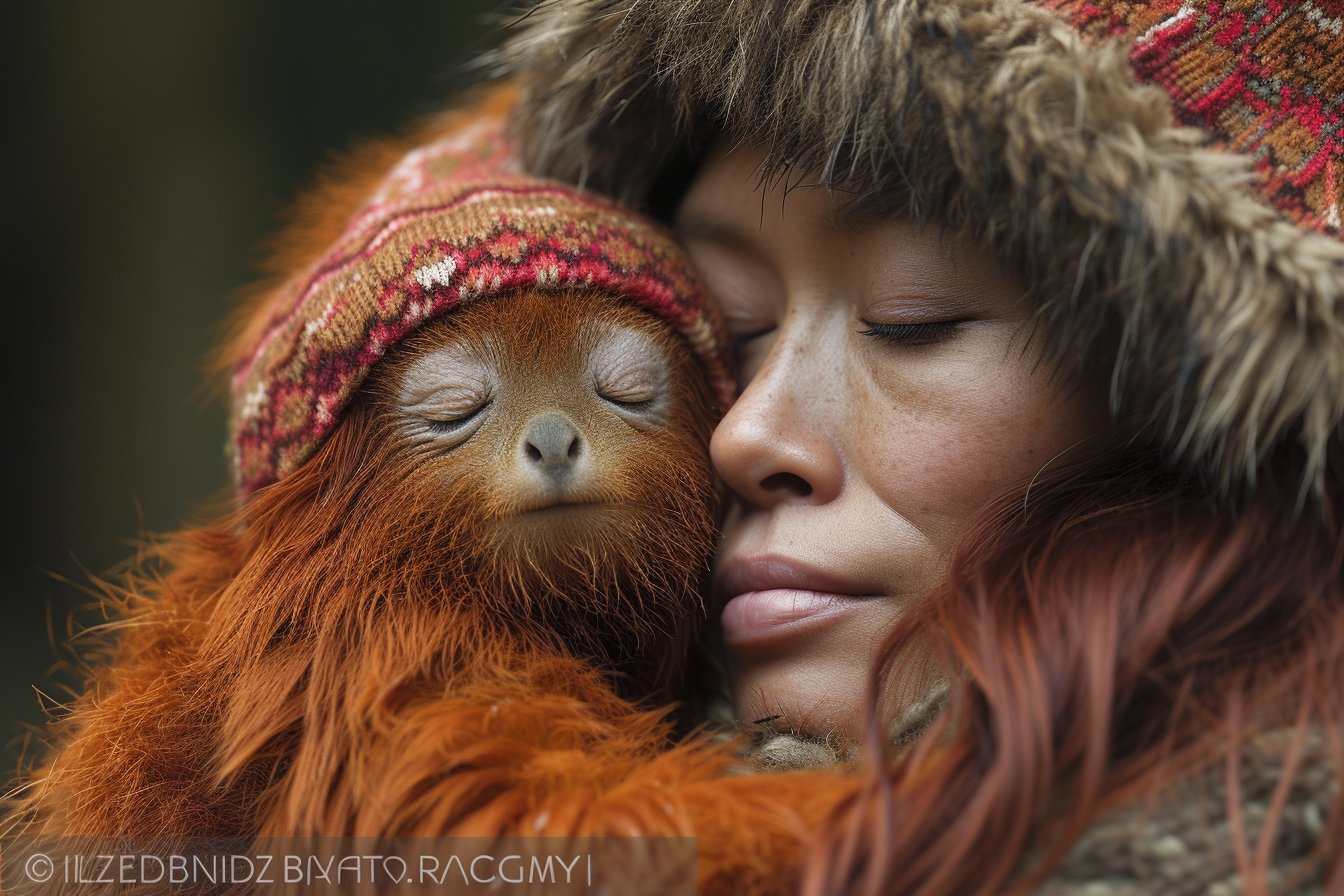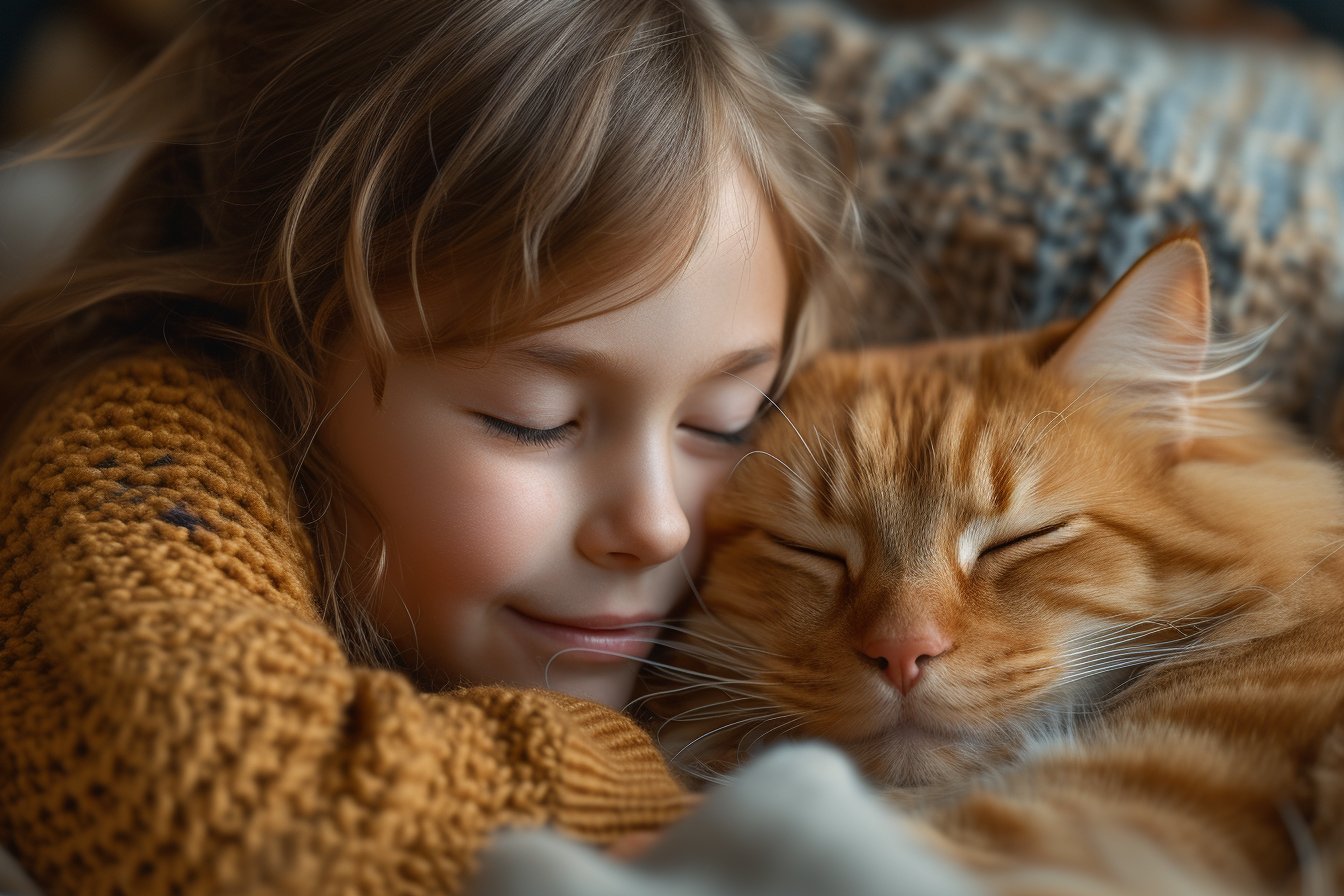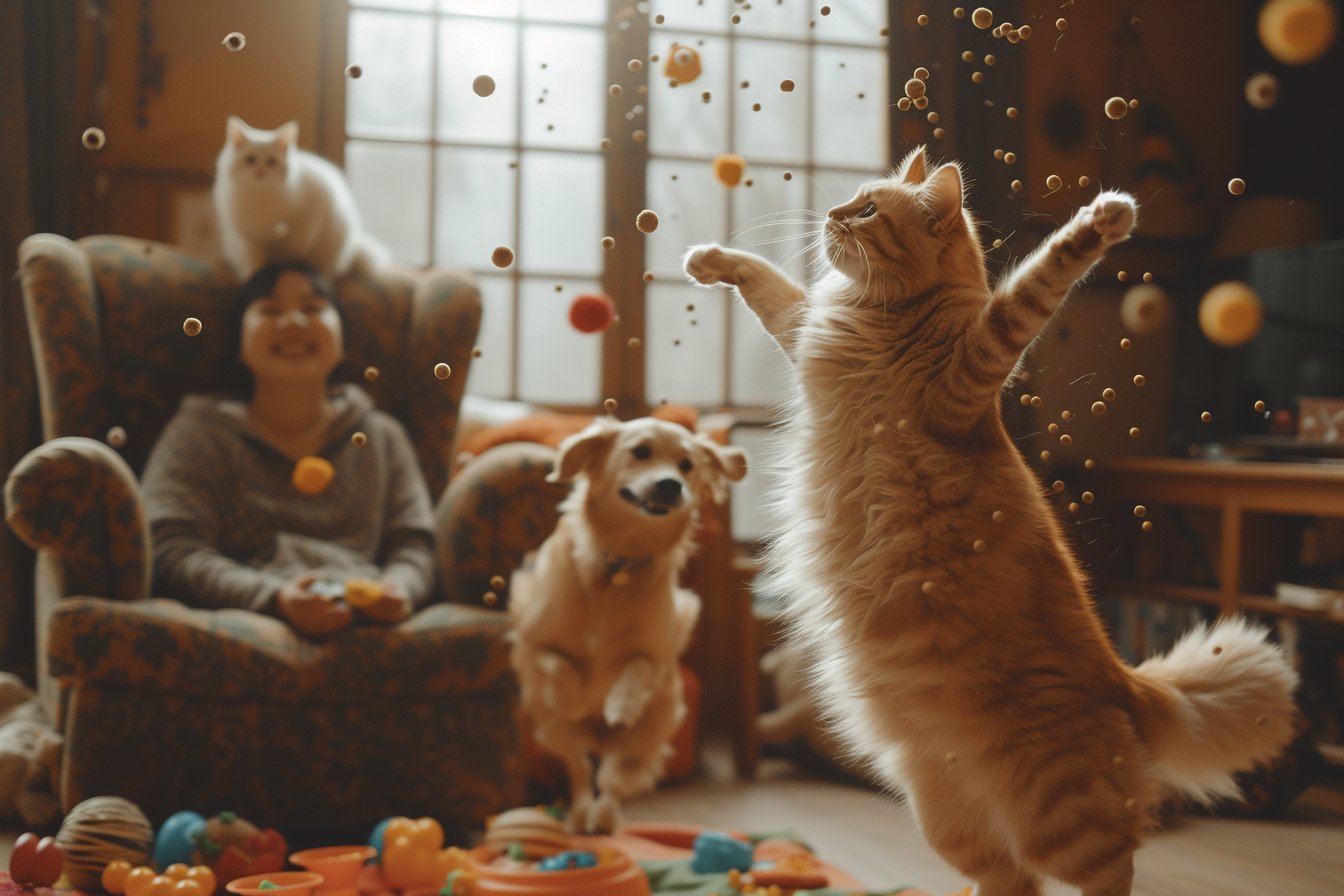Have you ever wondered why pets like attention? You may find yourself puzzled when your cat suddenly demands for you to pet them or your dog lays their head on your lap. The natural affectionate and social behavior in animals is driven by a multitude of factors, including physical sensations, grooming habits, and underlying psychological needs. This article will delve into these reasons and more to shed some light on their interesting world.
The Pleasurable Sensation of Being Touched
Certain areas, such as the back of the neck, are rich in nerve endings that release pleasurable neurotransmitters or hormones when stimulated through touch. Most domestic pets enjoy being stroked or scratched here, with cats often purring melodiously in response. Even simple physical contact can provide comfort and security to most pets.
Oxytocin: The Hormone Behind Cuddling
The act of cuddling releases oxytocin – the love hormone – in both humans and animals alike. This chemical reaction helps establish bonds between individuals, which enhances trust and reduces stress levels. Thus, it’s not surprising that pets who receive lots of hugs and pets feel more attached to their owners and may even appear calmer or better behaved.
Grooming and Social Bonds
In addition to the sensation and hormonal influences of touch, pets also associate attention with grooming and cleanliness. Grooming plays a vital role in animal social interactions, from bonding within family units to establishing social hierarchy. When you stroke or groom your furry friend, they interpret this as an act of camaraderie and loving attention. This becomes a gratifying experience for them, leading to a stronger relationship between owner and pet.
Attention-Seeking Behavior as a Form of Communication
Often, when pets seek attention, they’re attempting to communicate with their owners. Animals have different ways of conveying their emotions or needs, such as vocalizations, body language, or even scent . By paying attention to these cues, you can understand your pet’s feelings and provide the appropriate level of care or response.
Mental Health and Well-being
Just like humans, pets require mental stimulation for overall well-being. Regularly engaging your pet in activities like playtime or training exercises provides them with opportunities to learn and develop new skills. Through these interactions, pets get a sense of achievement, which contributes positively to their mental health. It is no surprise that pets craving interaction may exhibit attention-seeking behavior in hopes of receiving this essential mental stimulation.
Bonding with Pets and Territorial Marking
When pets rub against you, lick you, or head-butt you, they are not only seeking attention but also marking you with their scent. This is known as territorial marking behavior, wherein animals will leave their scent on objects or people to establish an area or relationship as their own. Doing so strengthens the bond between pets and owners, as it signifies affection, trust and familiarity, while simultaneously alerting other animals to the existing bond.
Cats’ Personality Variables
While many pets enjoy attention and physical contact, individual cats’ preferences and comfort levels often depend on factors such as personality or upbringing. Some cats may be more independent or less sociable than others, resulting in differences in how they perceive human touch and attention. As a caretaker, noticing these individual differences is key to understanding your cat’s behavior and adjusting your approach accordingly.
Frequent Attention Leads to Social Animals
Pets that receive frequent attention from their humans tend to develop into more sociable animals. They learn from an early age to trust people and interpret human interactions positively. As a result, they are more likely to seek out attention and exhibit friendly behavior throughout their lives.
Exercise and Mental Stimulation
Both cats and dogs require daily exercise for their physical health and well-being. Incorporating activities like walks, playtime or training sessions not only keeps them in shape but also provides essential mental stimulation. Without access to these outlets, pets may resort to attention-seeking behavior as a means to combat boredom and expend pent-up energy.
In Summary
Pets have various reasons behind their love for attention, ranging from sensations of pleasure to the need for emotional support, grooming and communication. The foundation of this behavior is driven by the inherent social nature of many domesticated animals. By catering to their needs, we can ensure our pets live healthy and fulfilled lives while strengthening our bonds with them in turn. It is always essential to observe and understand individual pets’ behaviors and preferences to provide tailored attention and care suitable for their unique personalities.







